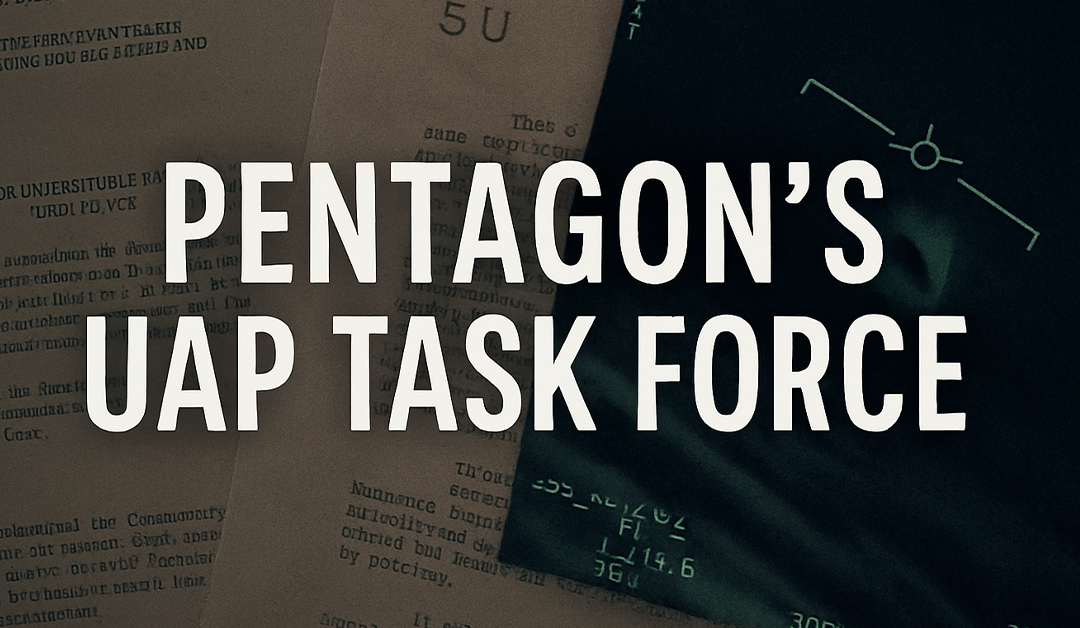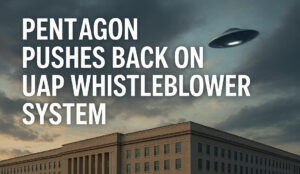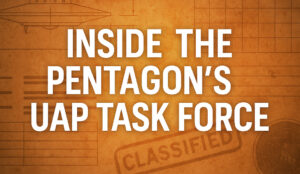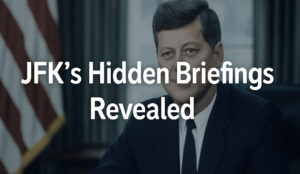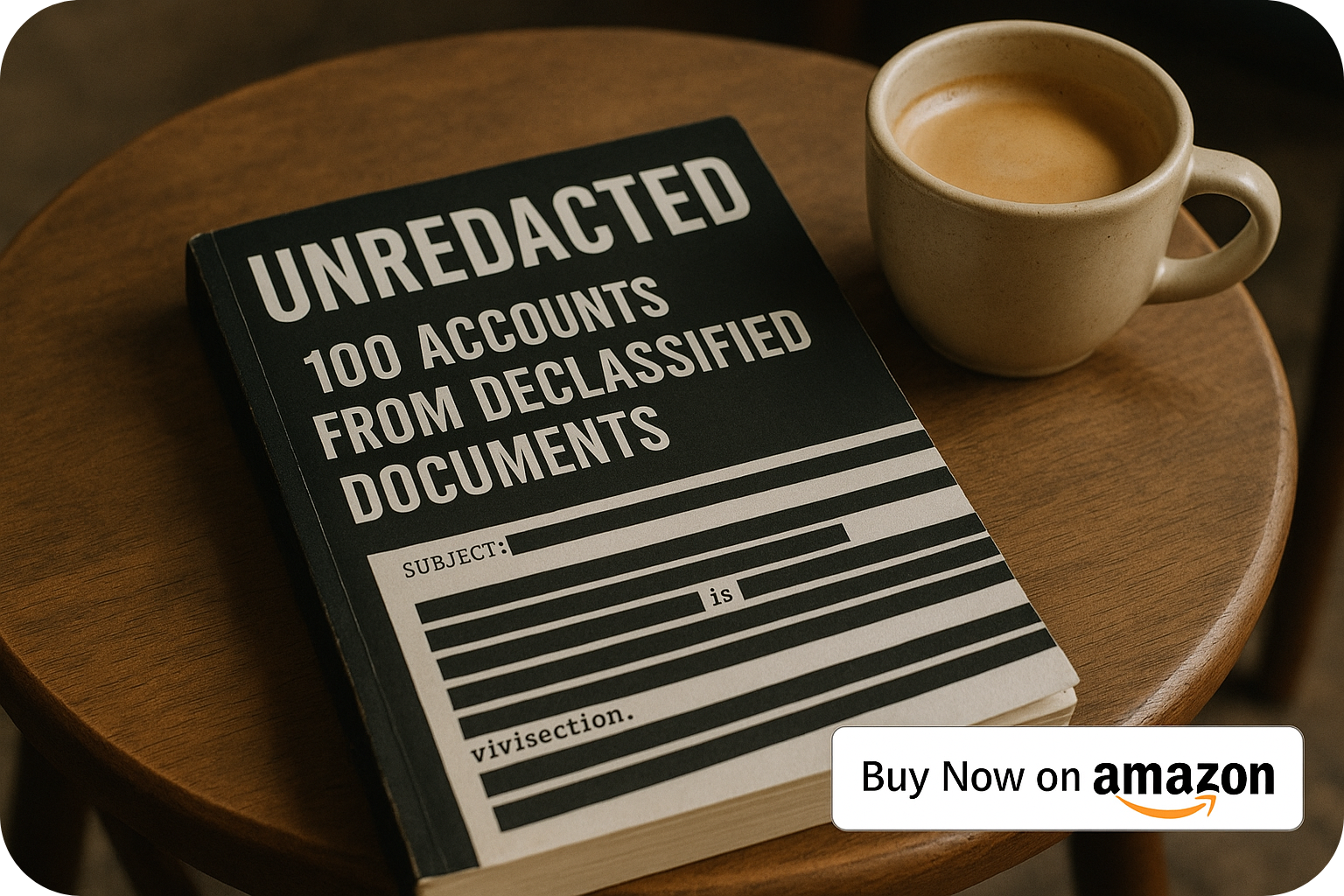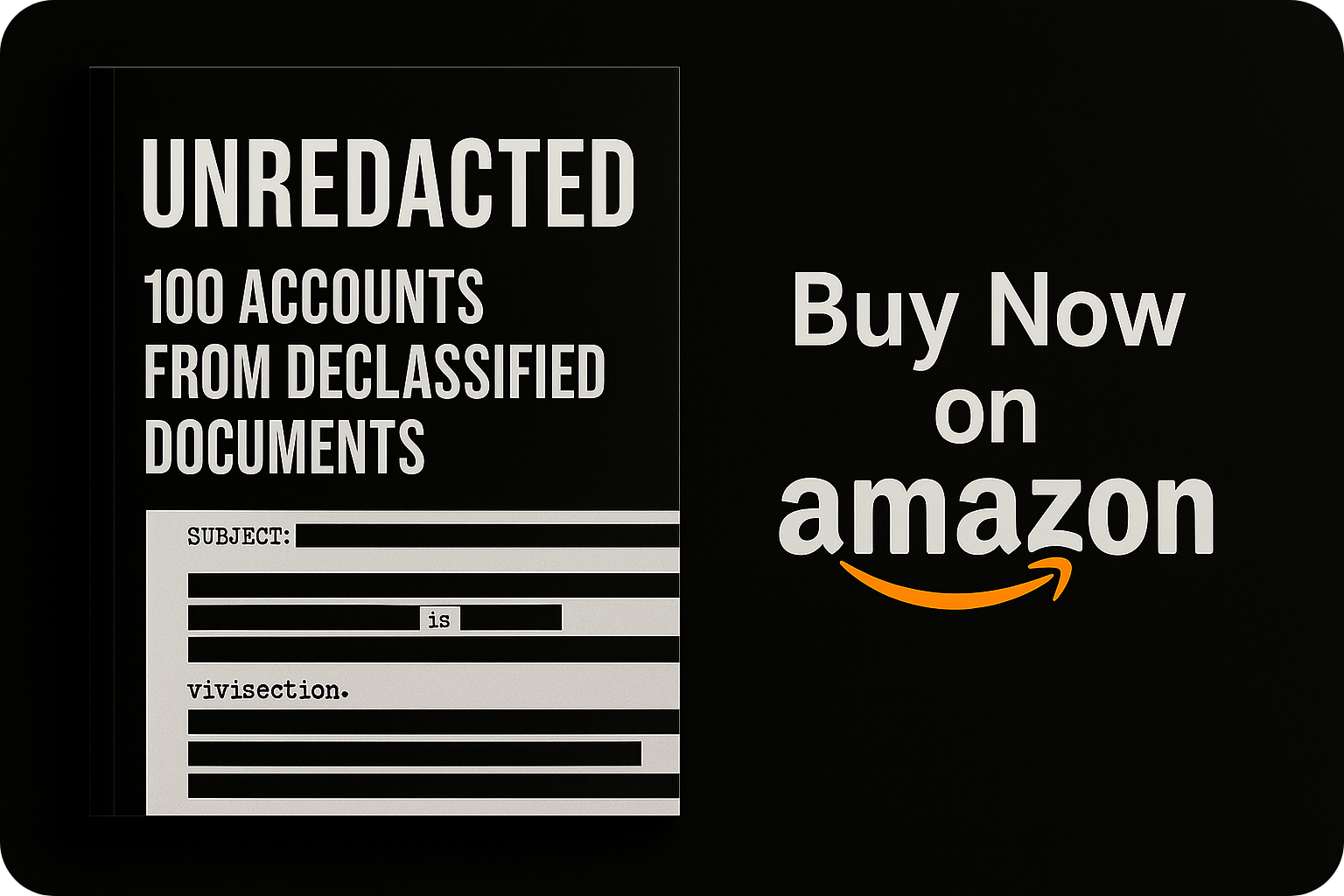In April 2025, the Department of the Navy issued a formal FOIA response to researcher John Greenewald, revealing a key internal document: the original charter of the Unidentified Aerial Phenomenon Task Force (UAPTF).
While the existence of the task force was previously acknowledged, this release marks the first publicly confirmed outline of the task force’s legal mandate, mission, reporting structure, and interagency reach.
"This is a final response," the Navy wrote, acknowledging that one document could be released - in part.
Several sections remain classified under national defense exemptions, but the core structure of the UAPTF is now clear.
🚀 The Purpose: Avoid Strategic Surprise
The charter, dated September 1, 2020, outlines a mission that’s both direct and extraordinary:
"Detect, analyze, catalog, consolidate, and exploit advanced non-traditional aerospace vehicles currently posing an operational threat to U.S. National Security."
These vehicles, commonly referred to as Unidentified Aerial Phenomena (UAP), are defined in the document as "any aerial phenomenon that cannot immediately be identified."
In short: the U.S. military created a unit to track what it cannot explain.
📌 Official Objectives and Focus Areas
The charter defines a broad range of responsibilities:
- Coordinate intelligence across the DoD, Intelligence Community, and interagency networks
- Exploit operational, scientific, and technical data on UAPs
- Update senior leadership, including the Deputy Secretary of Defense and Under Secretary of the Navy
- Establish subgroups to address emerging areas
- Hold regular meetings, both informal (biweekly) and formal (monthly)
The task force was not ad hoc - it had standing obligations and integrated command chains.
🧠 Leadership and Oversight
The Director of Naval Intelligence was assigned the lead role, with the Director of Naval Intelligence Activity (NIA) overseeing the day-to-day operations.
- Task Force leadership was to be designated by NIA
- Air Force and Army participation was mandated
- A formal Executive Steering Committee (EXCOM) oversaw oversight and interagency coordination
The UAPTF also had authority to request subject matter experts and share findings with stakeholders across the Department of Defense.
📫 Internal Communications
Multiple memoranda included in the release reveal a concerted effort to staff the task force with liaisons from across military branches:
- Letters dated September 23, 2020, were sent to senior intelligence officials at the Army G-2 and Air Force A2/6, asking for representatives from both operational and intelligence divisions
- The memos reference the urgency of UAPs as an emerging threat requiring cross-domain analysis
"Avoid any strategic surprise posed by such vehicles," one memo warns.
🧾 What Was Withheld
Despite the release of the charter, the Navy withheld parts of the document under the following FOIA exemptions:
- Exemption (b)(1): Classified national defense information
- Exemption (b)(6): Personal information that would cause unwarranted privacy invasions
This suggests that some technical methods, sensor data, or personnel identities remain protected - even in a document primarily focused on structural governance.
🧩 Why It Matters
This charter proves the UAP Task Force was not speculative. It was not a temporary group convened to manage media attention.
It was:
- Embedded in the Navy’s chain of command
- Required to produce monthly written reports
- Operated with intelligence agency collaboration
- Designed to be updated or amended - not phased out
Though the UAPTF has since been succeeded by the All-domain Anomaly Resolution Office (AARO), this document cements its place as the first formal Pentagon unit created to pursue UAPs beyond the anecdotal level.
"This is the scaffolding of the U.S. government’s UAP infrastructure," one analyst noted.
"Not folklore. Not leaks. A real, interagency directive."

